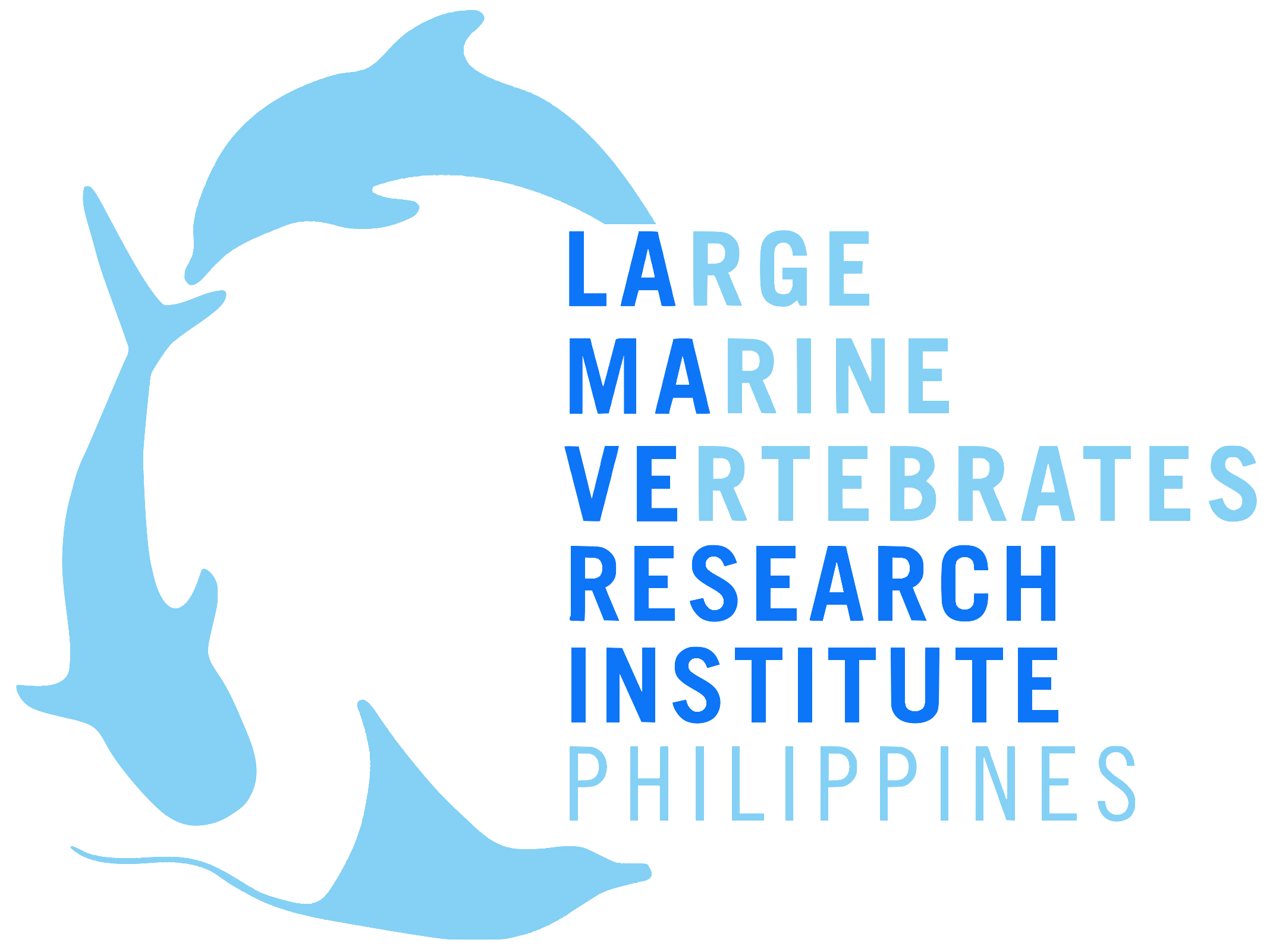Finding Her Way As A Marine Biologist
Tin’s road to marine biology work was built on many small, sometimes uncertain steps, all of which eventually led her to LAMAVE.
She has always loved the sea. The water was central to her life, having grown up in the coastal town of Binuangan, Misamis Oriental. But she didn’t really know much about marine life. Even when she picked Marine Biology as her university course, she was still unsure of what she would learn and where it would lead her.
But according to her, school work was easy to fall in love with. “For class, we always went to the sea,” Tin remembers. “I loved it.” Tin enjoyed being in the field, not just in the classroom or office. And she enjoyed learning about new things in the sea.
Uncertainty once again filled her after graduation. She applied for a few jobs but was still unsure of what she wanted to do. While she waited on those job opportunities, one of her former classmates was volunteering with LAMAVE and invited her to come join the team.
“I decided to just try it… to get good work-related experience. It seemed like a nice opportunity... I didn’t have money to go to Cebu for training (on whale shark photo identification methodology). But LAMAVE still allowed me to join the team. I helped during the community work, interviewing community members and fisherfolk.”
She enjoyed relating to and working with the community. These skills are invaluable to her in her job now as an Aquaculture Technician. “I realized that interviewing fisher folk is so important. Even if my throat is already hurting. Because they know more than us about the sea. And that’s something I learned in LAMAVE.”
Training on site also helped her develop new skills. The team eventually taught her how to take photo IDs of whale sharks and collect other kinds of data. Eventually, Tin joined the team on their in-water studies during which she gained some new experiences and very memorable encounters in the water.
“There is a whole new world out there. In school, we only did assessments in the shallow part (of the sea). I never went to the deep part. (With LAMAVE) I was face to face with it (marine life).”
She finally encountered some whale sharks and immediately fell in love with the bigger marine animals.
“Before LAMAVE I had no experience with big animals (marine vertebrates). Then, I learned so much with LAMAVE… I only saw them in presentations before. I was amazed to see them in person.”
Other learning opportunities also kept her engaged when she was outside the water.
“There is a whole new world out there. In school, we only did assessments in the shallow part (of the sea). I never went to the deep part. (With LAMAVE) I was face to face with it (marine life).“ - Christine V. Alagon
“At night, we also had presentations and discussions on marine vertebrates. I got a lot of great hands-on experience and new knowledge… They really share their knowledge with their volunteers.”
Tin has continued to develop through her career. After her volunteer placement with LAMAVE, she was offered a job with the Fishery Division of the City Agriculture Office under the local government unit (LGU) of Cagayan de Oro City.
She started working with the Department of Agriculture’s Bureau of Fisheries and Aquatic Resources (BFAR). She currently works in marine and coastal resources assessment, a job that she loves. Now, Tin is very clear about who she is and where she is going. LAMAVE, she believes, has contributed to her finding her path.
“I am a marine biologist.”
Tin is planning to take her Master’s degree in Marine Biology soon... her next, sure-footed step as a marine conservationist.
Professional Profile:
Occupation: Aquaculture Technician - Local Government Unit (LGU) of Cagayan de Oro City
Education: BS Marine Biology



